The Florida Everglades course south from the vast 700 square mile Lake Okeechobee, nourished by the rain-soaked Kissimmee River Basin, the Everglades is a wide slow meandering river of marsh and sawgrass covering some 4,500 square miles, flowing quietly, peacefully, towards the mangrove estuaries of the Gulf of Mexico. Check out the Everglades National Park Wildlife you can see during a visit to the park.
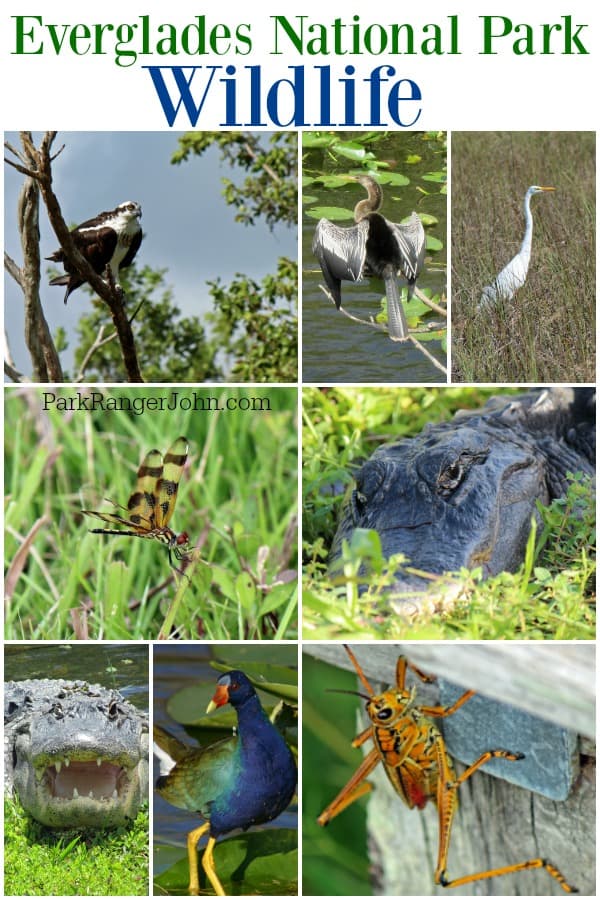
Everglades National Park Wildlife
Thousands of species of plants, birds, animals, fish, and reptiles make their home in the Everglades. Thus the landscape of Everglades National Park is utterly unique among American vistas; it is quite a remarkable site for its biological phenomena.
The flora of the park is of tropical nature and many of the plant species are identical to the plant life of the West Indies. There are thirty species of the orchid flower, eight different types of palm trees including the royal and the coconut, and many tropical trees such as rubber, gumbo, mahogany, Jamaica dogwood plus a few northern tree species such as live oak, red maple, and ash.
In places frequently flooded with fresh water there are stands of cypress together with lily pads: algae thrive in the water. The higher areas on rocky ground are spread with the sparse growth of slender Caribbean pine, beneath which is a mixture of saw palmettos and of many shrub varieties.
There are large expanses of sawgrass and other species of related sedges, seasonally submerged under a shallow sheet of slow-moving water.
Mammals are sheltered by the dense growth of tree and shrubs. There is a large population of otters, and the rare black bear and the cougar (Florida panther) are protected wildlife. The Seminole white deer are fairly numerous along with an abundance of small rodents and a sizable population of bobcats. The most frequently observed animal in the park is the raccoon.
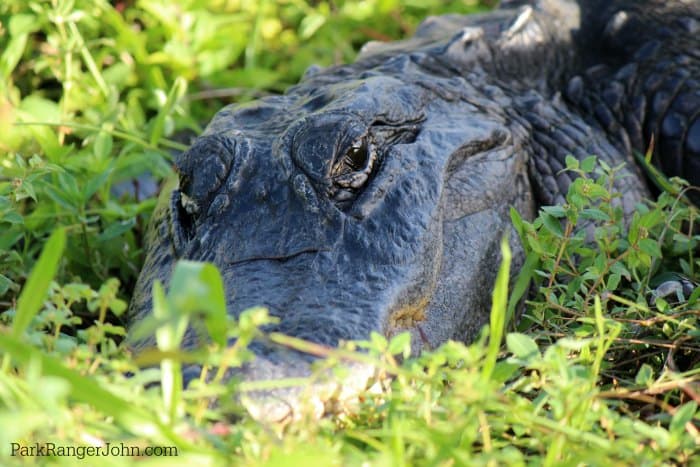
Reptiles of different varieties and size are well represented in the park the fresh waters have their quota of alligators, and the salt waters harbor a much rarer species of crocodile. Alligators are eagerly sought by visitors to the Everglades National Park who are anxious to see and photograph this unique creature.
Alligators are critical to the survival of the Everglades National Park. Without the gator holes, many animals of the swampland would not make it through the dry winter season. The alligators with feet and snout clear out the muck and other vegetation from the holes in the limestone rock on the floor of the glades; thus these holes become oases during the dry season. Then a large number of fish, turtles, and mammals take refuge, together with their alligator's hosts.
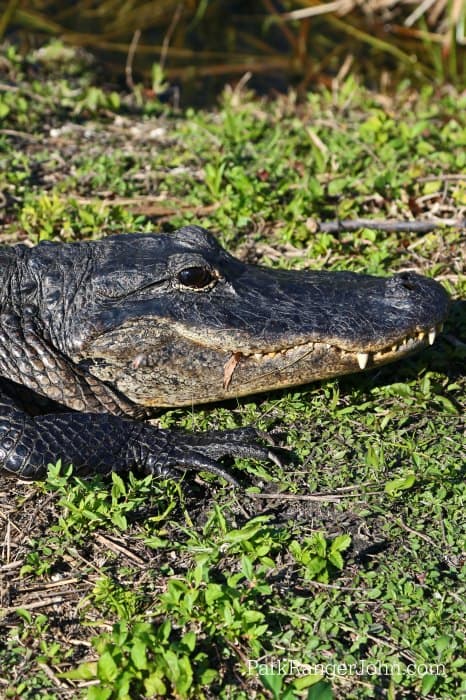
Though reduced in numbers, the alligator makes their habitat in the Everglades more than anywhere in North America. More than any other animal or reptile, the alligator has been the symbol of both Florida and the Everglades. In the past years, the alligator was considered one of the endangered species in America. Today the reptile is protected by law and is making a comeback.
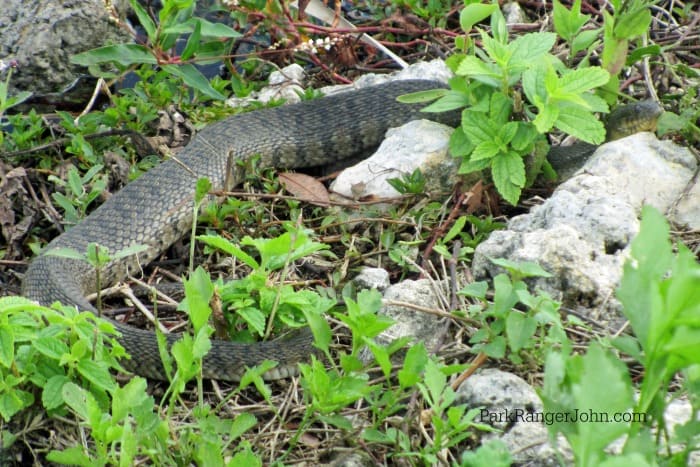
Twenty to thirty species of the snake family inhabit the park; only a few are venomous, which includes the rattlesnake, cottonmouth, and the coral snake. Some of the species of the snakes are beautifully colored, while others are drab colored and blend in perfectly with their background.
Largest of all harmless snakes is the indigo, sometimes reaching a length of eight or more feet.
Members of the turtle order range from the land box turtle to the Terrapins to the highly aquatic snappers and soft-shelled turtles. Giant Loggerhead turtles leave the sea each summer and lay their eggs on the nearby beaches. The Atlantic hawksbill and the Atlantic ridley are considered endangered species.
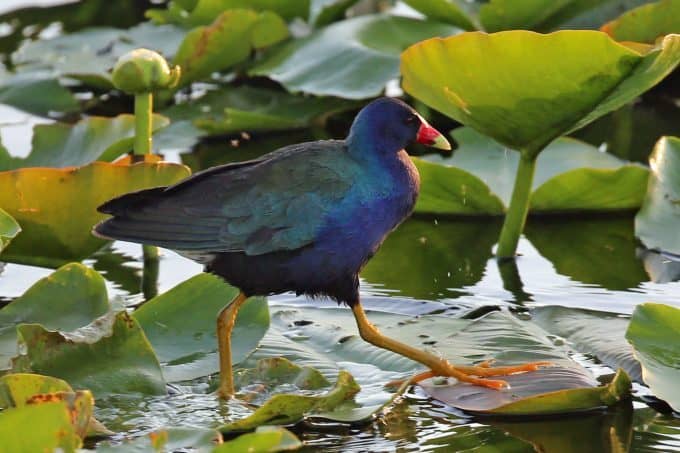
The most beautiful form of wildlife is seen in the bird species. In the summer months, many tropical birds nest there, such as the white-crowned pigeons, gray kingbirds, egrets, and the graceful swallow-tailed kite.
The winter migration brings ducks, coots, and shorebirds, including the majestic white pelican. Waders that skim the waters include the white ibis, glossy ibis, wood ibis, spoonbills, and Florida cranes. Rails, grebes, and limpkins inhabit the marches. And in rare moments the Everglades kite and short-tailed hawk can be seen.
A wide assortment of freshwater fish exists such as bass and bream while salt-water types, such as the snook, tarpon, snapper and other abound in the salt-water bays and inlets. The porpoise is numerous, but the much rarer manatee is also present, which reflects the aquatic nature of the Everglades National Park.
Lodging near Everglades National Park
If you decide that camping is not for you here are some of the hotels that are nearby.
Holiday Inn Express & Suites Florida City - At Holiday Inn Express & Suites Florida City, an IHG Hotel, you can look forward to free continental breakfast, dry cleaning/laundry services, and a gym. Free WiFi in public areas and a business center are available to all guests.
Fairfield Inn & Suites by Marriott Homestead Florida City - Consider a stay at Fairfield Inn & Suites by Marriott Homestead Florida City and take advantage of free full breakfast, a grocery/convenience store, and dry cleaning/laundry services. Free in-room Wi-Fi is available to all guests, along with a gym and a 24-hour business center.
Breezy Palms Resort - At Breezy Palms Resort, hit the beach, relax by an outdoor pool, or spend the day at a marina. Each apartment features a kitchen with a refrigerator and a microwave, plus free Wi-Fi and a TV with cable channels. Other amenities that guests will find include a sitting area and a coffee/tea maker. Weekly housekeeping is available.
Islander Resort - Consider a stay at Islander Resort and take advantage of a poolside bar, a terrace, and a garden. This hotel is a great place to bask in the sun with a private beach, beachfront dining, and beach cabanas. For some rest and relaxation, visit the hot tub. The onsite restaurant, Tides Beachside Bar & Grill, features ocean views and al fresco dining. Enjoy onsite activities like basketball, volleyball, and fishing. Stay connected with free in-room Wi-Fi, with speed of 250+ Mbps (good for 3–5 people or up to 10 devices), and guests can find other amenities such as dry cleaning/laundry services and a bar.
Click on the map below to see the current rates for hotels and vacation rentals near Everglades NP.
Learn more about National Park Passes for parks that have an entrance fee.
$80.00 - For the America the Beautiful/National Park Pass. The pass covers entrance fees to all US National Park Sites and over 2,000 Federal Recreation Fee Sites for an entire year and covers everyone in the car for per-vehicle sites and up to 4 adults for per-person sites.

Buy your pass at this link, and REI will donate 10% of pass proceeds to the National Forest Foundation, National Park Foundation, and the U.S. Endowment for Forestry & Communities.
National Park Free Entrance Days -Mark your calendars with the free entrance days the National Park Service offers for US citizens and residents.
Everglades National Park posts
Things to do Everglades National Park - Check out all of the epic things you can do in the park.
The Everglades is one of the Most Visited National Parks in the United States.
Don't miss visiting some of the other great National Parks in Florida
They are great things to do in Biscayne National Park just down the road from the Everglades.
Check out the great Everglades Boat Tours you can take to see the park from the water.
Make sure to follow Park Ranger John on Facebook, Instagram, Pinterest, and TikTok

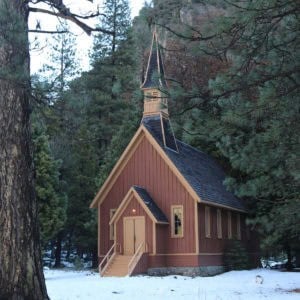



Leave a Reply